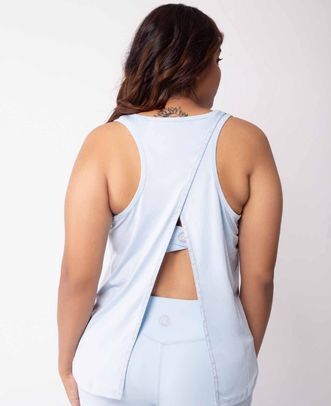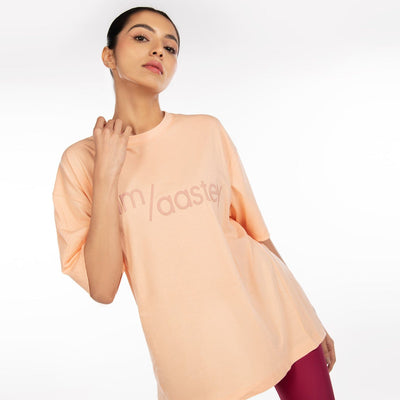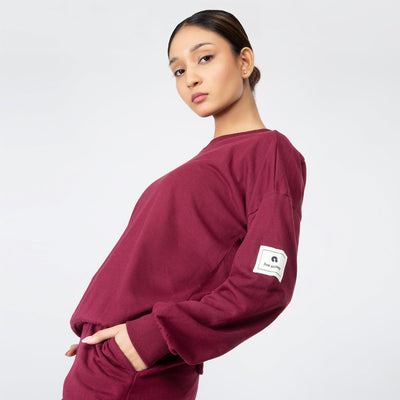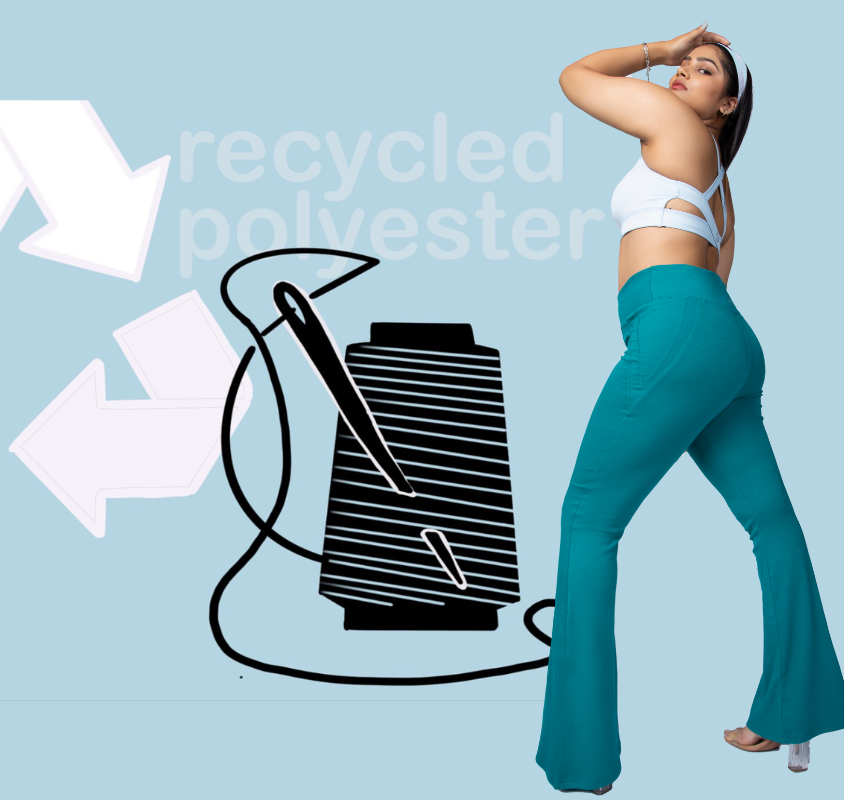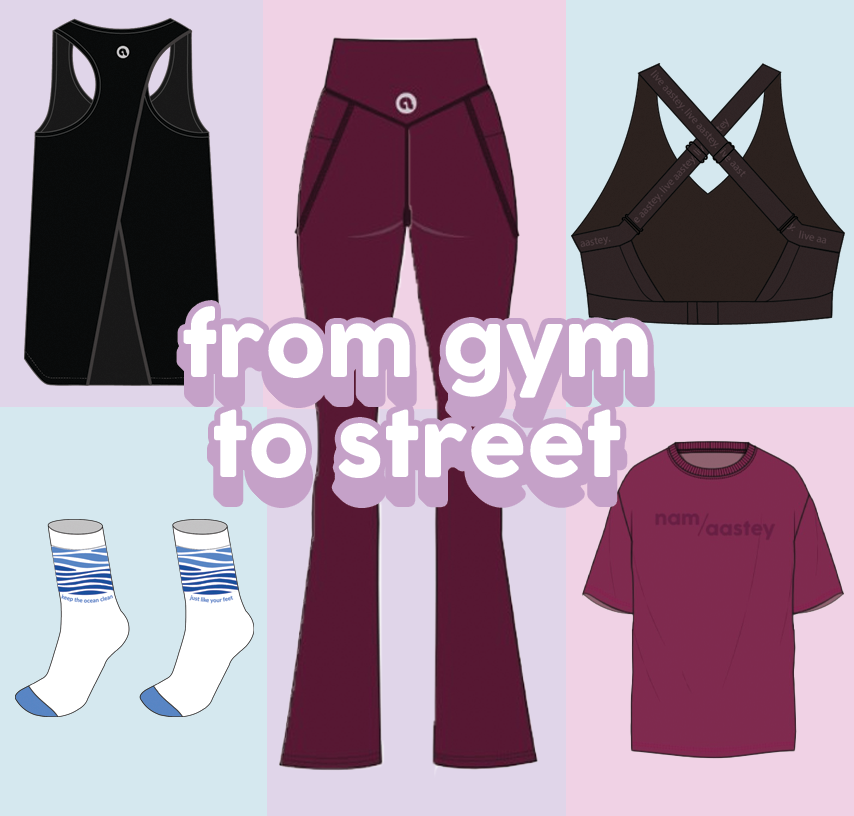in 2017, the UK retailer, John Lewis, was the first to announce that they would stop gender-labelling their children’s clothes. trousers and skirts were no longer gender-specific. five years later we have come far in accepting and understanding the ever-expanding spectrum of gender identities.

research shows that 56% of generation z consumers shop outside of the gender they are assigned. non-binary, transgender, genderless, cisgender, and everything in between. it’s all in and it’s all evolving all the time. identities are no longer be bound by our clothing and that is what the gender-fluid fashion calls to achieve.
but the question remains: has the fashion industry been successful in subverting the notions of gender conformity and if so where do we stand today? let’s find out.
what is gender-fluid fashion?
decoding the term gender-fluid fashion can be difficult. defining gender fluidity will be going against it at the core. so how does one navigate this? fashion experts believe that gender-fluid clothing isn’t clothing it all, it is a state of mind. in simple words, the clothes can have no gender binary associations, like between men and pants or skirts and women. every design should work on any body and every body.

if you want to really look at it closely, gender-fluid clothes are clothes that can be worn by anyone. it can be any colour. a dress or a jumpsuit. all that matters is what you want to wear. for instance, they don’t really have to be gender-neutral colours like the one Zara launched under the ‘unisex’ label, or are we still saying that men can’t wear pink? this shouldn’t be a debate at this point.
can the fashion industry make a real difference?
many of these retailers offering gender-neutral clothes still separate their clothes by gender. if that is not enough most of the gender-fluid designs are pushed under shapeless baggy clothes or gender-neutral colours.

being shapeless and colourless cannot be the only option for the gender non-conforming people out there. it’s like telling them, “Hey, we accept you, but conditions applied.”
the future is what we make of it
there is a long road ahead when it comes to gender-fluid fashion but at least there has been a beginning. new brands and designers are coming up who have a modern understanding of gender and gender fluidity.

another thing that brands can start with is casting non-binary models for their gender-fluid campaigns. the industry just needs to push a little more to normalise gender non-conformity and give more space for experimentation instead of resorting to calling shapeless, oversized clothes ungendered.
in the end it’s all about what we want to make of this opportunity to grow as a society. because you deserve to not feel constricted by gendered norms. many of us still struggle to accept our inner personalities while wearing a façade in our social lives. the fashion industry has a responsibility to take this seriously because everyone has the right to look at their reflection and not feel disassociated from their own identities.

